Doc is Ed Ricketts, a pioneering marine biologist and philosopher who influenced Joseph Campbell and John Steinbeck. Steinbeck used him as the model for some of his most memorable characters (such as Doc in “Cannery Row“)
Also, “The Log from the Sea of Cortez (1951)” was a collaboration with Steinbeck.
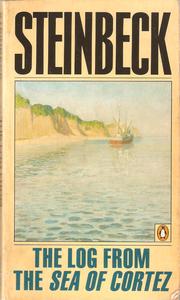
He followed a live-in-the-moment philosophy and he viewed everything as interrelated parts of a whole ( the “toto picture”). He called the means by which he tried to achieve understanding the philosophy of “breaking through” and attempted to achieve his ends through a method he called “non-teleological thinking” (is thinking), in which the search for cause and effect are abandoned for a Zen-like acceptance of things as they are.
Steinbeck said, “Everyone near him was influenced by him, deeply and permanently. Some he taught how to think, others how to hear. He taught everyone without seeming to…”
Ricketts moved the lab to Cannery Row in 1928 and it became a meeting place for artists, scholars, and writers, including Henry Miller and mythologist Joseph Campbell. He met Steinbeck in 1930 and they established a lifelong friendship. Ricketts taught Steinbeck about marine biology and Steinbeck used Ricketts as the model for sympathetic characters in several novels, including Doc Burton in In Dubious Battle (1936), Casey in The Grapes of Wrath (1939), and Doc in Cannery Row (1945) and Sweet Thursday (1954).
Notable Quotables
“Happy, happy people work rapidly, efficiently and integratedly – no conflict outer or inner…”
“No one can make a deeper contribution to life than by having fun, if in dancing, or writing, or going places, or making a good relation…”
Watch for the Kickstarter Project about Ed Ricketts:
###
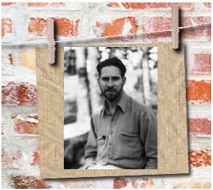

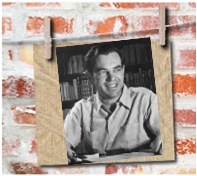
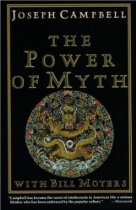


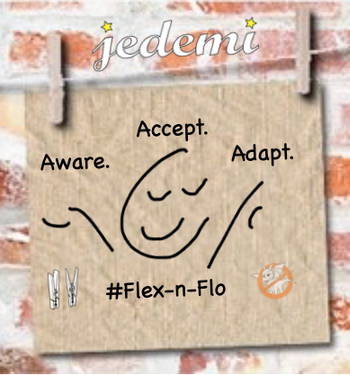
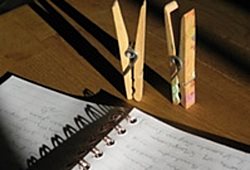


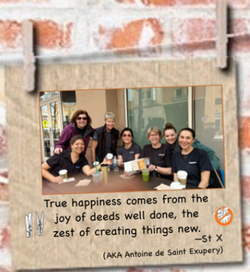




[…] The week of 12 December, she was seen in Pacifica, CA (BART + Uber) made it a bit challenging for St. X. He had “inside” help from Doc. […]